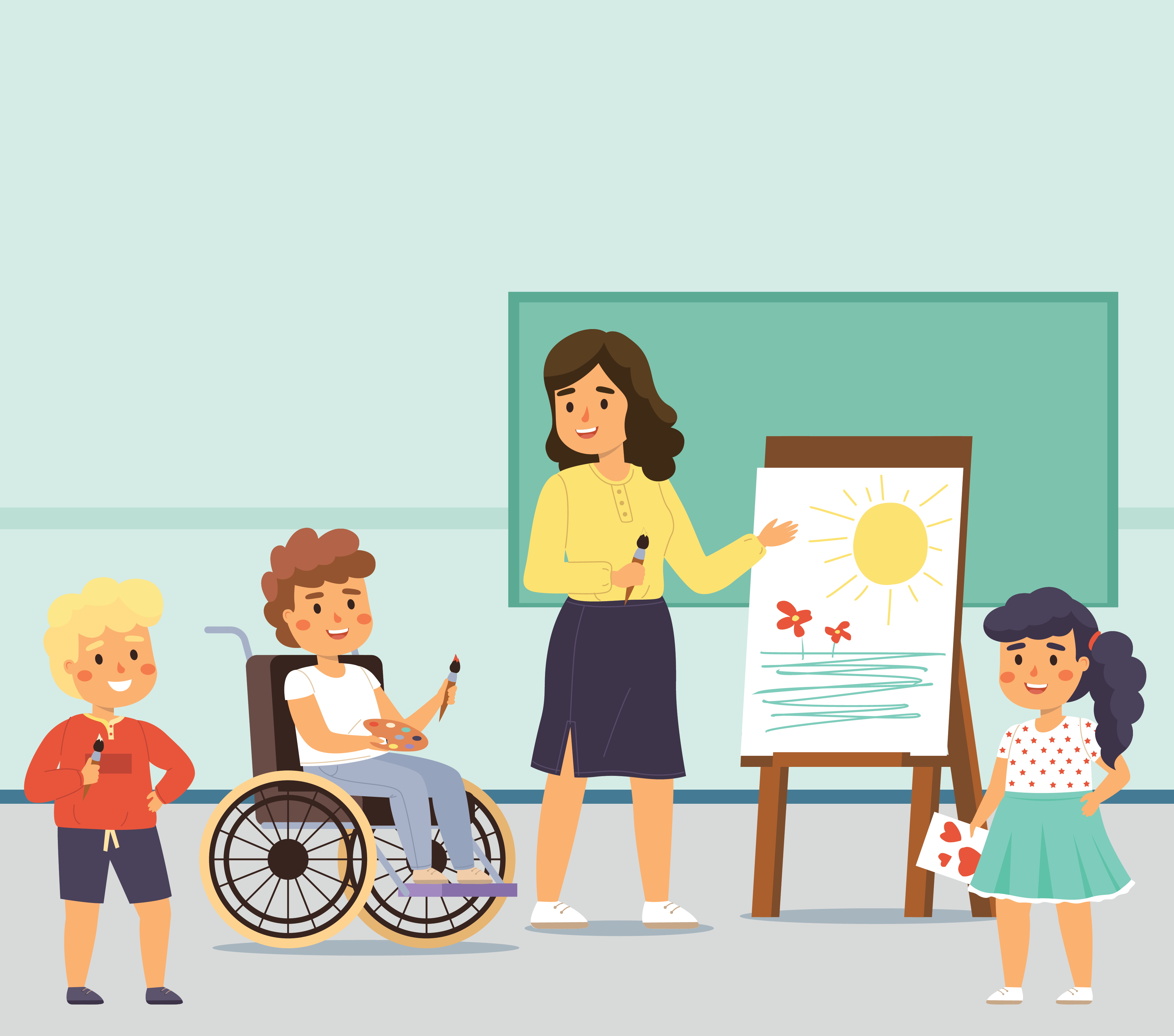
Digital Engagement
Using technology to connect and interact with people
Introduction
Today, there are over 4.3 billion people accessing the internet and an additional 1.2 billion accessing non-internet mobile services, including SMS. People of all backgrounds use digital devices for learning, work, entertainment and communication with loved ones. But for migrants, refugees, internally displaced persons (IDPs) and children experiencing violence, technology can be a lifeline during their most challenging moments. Through its rapid communication, tremendous scale and often deep integration into everyday life, these devices give the development and humanitarian community the opportunity to quickly, efficiently and effectively engage billions of people in Social and Behaviour Change interventions.
Benefits and social/behavioural objectives
Digital engagement supports a remarkably broad set of SBC objectives due to the flexibility of digital platforms and their touchpoints in almost all aspects of life. It offers a number of specific benefits for SBC, such as:
- Engagement at scale
- Messaging that can be personalized to the recipient, enabling both mass communication of customized messages and one-to-one communication
- User tracking via a consistent account or profile (e.g., SMS number, Facebook profile), allowing for follow-up engagement and evaluation
- Programme data and data about platform engagement generated in real time to help inform decision-making
- Potential for rapid deployment, particularly in emergency contexts
Digital engagement can support most objectives. However, you must carefully consider your objectives for groups with less access to devices and networks. Some example objectives include:
- Creating health-based interventions that support behaviour change related to specific health areas like mental, physical and sexual health among adolescents
- Providing climate-related information alongside a guide/instruction book for undertaking climate advocacy initiatives
- Surveying audiences to assess behavioural and social drivers of beliefs, attitudes, and practices in order to inform interventions around issues like vaccine hesitancy
Implementation steps and checklist
In some cases, deploying digital engagement solutions can be relatively quick, especially when working with a vendor with whom you already have an established relationship or when uploading content to a platform already at scale. However, if your strategy requires building a novel digital platform, deployment can involve extensive planning, contracting and design work.If possible, seek support from experts with experience in Technology for Development (T4D).
- Identify your opportunity and ideate on solutions. See the Principles for Digital Development’s Understand the Ecosystem, Design with the User and Understand the Existing Ecosystem resources, as well as SIMLab’s Context Analysis of Technologies in Social Behaviour Change Projects for guidance. The following actions should be included in your ideation process:
- Ground yourself in your Theory of Change to decide whether digital tools can support or expedite your work. Do not assume that a digital solution will work for all interventions or audiences.
- Understand your audience. What devices do they use, and how? What are the barriers to reaching them through digital engagement, and can they be overcome? Consider “8 Effective Practices for Inclusive Digital Development” as a resource.
- Research existing tools. What tools are already being used by UNICEF? Look for existing tools in your context and see if they fit your purpose. Would existing tools be a better fit? Is deploying a new solution worth the extra effort? Is your need specific enough to require the development of an entirely new platform? USAID’s Digital Ecosystem Country Assessment templates are a useful resource for understanding how your project fits within the broader digital landscape in your country and can help identify opportunities for collaboration or challenges that should be mitigated early on.
- Engage the audience in the development of the solution. Successful digital interventions rely on user experiences that are easy, intuitive and provide value. What does that experience look like for your audience? Use the Principles for Digital Development Design with the User as a resource.
- Plan for sustainability. What is the long-term vision for this platform’s ownership? Will it be institutionalized into government, or supported by your organization indefinitely? Work with T4D experts if possible to understand the implications of developing a new platform.
- Carefully consider the hardware. Does your solution require procurement of new hardware that may not be accessible in all contexts? Resources include Inveneo’s ICT Sustainability Primer and UNCTAD’s Promoting Local IT Sector Development through Public Procurement guide.
- Develop a concept note for the solution. Use the Playbook documents for Phase 2 in collaboration with UNICEF platform owners, if relevant. In developing your concept note, you should be sure to align stakeholders to make strategic decisions on the initiative launch and commit financial and human resources.
- Decide on a platform. Deploying solutions using digital platforms not already established in your context will require additional steps. Depending on the platform, some or all of these steps may be required. View the Principles for Digital Development guide on “How to choose a mobile data collection platform,” as a resource. T4D professionals will be able to support your navigation of these steps:
- Develop an Initiation Document and consider the business and system requirements. Use the USAID Digital Investment Tool as a guide.
- Plan for considerations during implementation.
- Develop or adapt the platform to your use case.
- After the digital platform has been selected, adapted or developed, follow SBC best practice to author content on the platform. This can include:
- receiving feedback on content from participants through interviews and focus groups
- consulting people with disabilities and other potential ‘edge cases’ to ensure all content and access is inclusive
- creating content using participatory methods like co-creation
- Pilot the solution before rolling it out broadly. Use the Principles for Digital Development’s guide “How to build a scalable pilot program for digitally enabled extension services,” and Dimagi’s Maturity Model as a resource.
- Build evidence from your pilot to support scale-up and sustainability of your solution. Use the Principles for Digital Development Be Data Driven and Build for Sustainability, USAID’s Digital Investment Toolkit, and Bridging Real Time Data and Adaptive Management: Ten Lessons for Policy Makers and Practitioners as resources.
- Deploy the solution and scale. Use the Principles for Digital Development Design for Scale, WHO’s MAPS toolkit, USAID’s Digital Investment Toolkit, and Bridging Real Time Data and Adaptive Management: Ten Lessons for Policy Makers and Practitioners as resources.
- Hand over the solution to long-term owners or take steps to complete the intervention. A successful end-stage requires planning from the start. This may mean handing over the resource to the government or partners, discontinuing the intervention’s activities on the platform or shutting down a platform implemented for this intervention. If the goal is to handover the platform to the government or key partners, engage these audiences from the start: allow them to co-create, plan, design, implement, and access data throughout the project in order to ensure a sense of ownership. Be transparent about long-term sustainability of the intervention or platform and project costs. Develop a plan for financing the platform and managing the environmental impact of hardware. Additional resources are available in the Principles for Digital Development’s Guide on ‘Building for Sustainability,’ PATH’s guide on “The Journey to Scale: Moving Past Digital Health Pilots,”
Measurement
- Consider using both qualitative and quantitative studies, depending on your relationship with the participants and how easy it is to engage them.
- Focus groups can be useful during the design and pilot phases, as well as to understand nuances in users’ response to the intervention. Consider whether to recruit group members from the broader intended audience or directly from the digital platform, where it may be possible to segment users by their amount or type of engagement.
- Randomized quantitative surveys can be conducted on some digital platforms. However, survivorship bias can skew respondents toward those who are more engaged with the platform. If you desire a sample which includes people without access to the digital platform to understand potential reasons for non-use, consider a non-digital survey.
- Measure intermediate reach and engagement metrics for digital platforms, as well as programme outcomes where feasible. This will help you understand where user reach and engagement drops off between the first reach and the final outcomes.
- Be aware of the difference between measuring a programme’s effectiveness and measuring the effectiveness of the digital platform:
- General best practice is to measure a digital platform using discrete metrics to assess its ability to reach and, separately, engage users. For example:
- Reach: How many participants visited the digital platform or saw its messages?
- Engagement: How much time did participants spend on the platform or reading the messages? How often did they respond to queries, such as surveys? Did participants take actions such as liking or commenting?
- Measure the impact of the programming by assessing differences in outcomes across both digital platforms and non-digital interventions. For example, you can track:
- Differences in knowledge and attitudes, as well as behaviour change, after participants are reached with particular content on a digital platform or via community engagement
- General best practice is to measure a digital platform using discrete metrics to assess its ability to reach and, separately, engage users. For example:
- Take a participatory approach to identify indicators like usage and adoption.
Partnerships
- Programme participants and intended users are valuable partners in co-design, validation and testing, promotion strategy identification and feedback throughout design and deployment. See this tool on how to design with the user.
- Government, civil society organizations (CSOs), schools, faith-based organizations and implementing partners are useful to engage users and build awareness of digital solutions.
- Intergovernmental organizations (IGOs) and non-governmental organizations (NGOs) can be useful partners for training, technical support, funding and connecting with specific communities including vulnerable groups. UNICEF’s Innovation Fund is a potential source of funding for early-stage technological solutions.
- Mobile network operator (MNOs) partnerships are key to providing no-cost access to digital engagement.
- Partnerships with private-sector companies with popular digital platforms, such as Facebook or KaiOS, can be valuable to achieve cost savings, no-cost promotion and occasional collaboration on interventions or research.
- Partnerships with original equipment manufacturers (OEMs) are less common, but can be valuable for promoting your intervention via pre-install on mobile devices or distributing devices where a critical audience doesn’t already have access.
Case studies and examples
- MOZAMBIQUE: An anonymous and confidential sexual and reproductive health (SRH) hotline via SMS for young people had 62,000 engagements. 65% of respondents reported seeking services including HIV counselling and testing.
- GLOBAL: As part of the global On My Mind campaign, U-Report invited people aged 15-30 to communicate their feelings through an interactive chatbot. After being deployed by 25 Country Offices , the bot was accessed by over 150,000 young people. 66% of users said it would help them start a conversation about mental health with colleagues and loved ones.
- INDIA: India's Young Warrior campaign to promote small actions like registering for vaccines, fighting COVID/vaccine myths, making masks and following COVID-appropriate behaviours reached 6.6 million young people in 100 days. Building on this successful engagement, Young Warrior next was launched on U-Report India to help build 21st-century life and employability skills, reaching 5 million young people.
- UK AND SOUTH AFRICA: A mixed-methods study on children learning through play with digital devices found that subject knowledge and understanding, along with digital and holistic skills (social, physical, emotional) are all developed during play activities using digital devices
- ZAMBIA: Sharing menstrual hygiene management (MHM) and SRH education materials with young girls on the Internet of Good Things website platform resulted in 94% of post-exposure survey respondents finding the material helpful and 62% reporting sharing it with others.
- EAST ASIA AND PACIFIC: A period-tracking app, co-created with young girls, succeeded in improving MHM for young women and girls through gamification.
- KENYA: A smartphone-based game called Tumaini increased sexual health-related knowledge and self-efficacy amongst adolescents, along with intention for risk-avoidance strategies and sexual risk communication
- ZANZIBAR: A mobile phone-based intervention which allowed for two-way communication between expecting mothers and health providers increased skilled delivery attendance by 13 percentage points.
- PERU: A social media-based peer support network increased HIV testing amongst high-risk populations.
Key resources
- A Technology Validation Checklist to support decision-making around technology
- Principles for Digital Development
- Measurement
- SIMLab's framework for monitoring and evaluating inclusive technologies in social change projects
- Participatory Approaches to evaluation
- For UNICEF staff, the ICTD Technology Playbook offers many valuable resources that can be used to support the design and implementation of digital engagement solutions. These are internal links:
- Identify your opportunity and ideate on solutions - Playbook Phase 1
- Develop a concept note for the solution - Playbook Phase 2
- Decide on a platform - Playbook Phase 3, Phase 4, Phase 5
- Pilot the solution before rolling it out broadly - Playbook Phase 6
- Build evidence from your pilot to support scale-up and sustainability of your solution - Playbook Phase 7
- Deploy the solution and scale
- Hand over the solution to long-term owners or take steps to complete the intervention - Playbook Phase 10

Do - Digital Engagement
Download this article as a PDF
You can download the entire page as a PDF here






